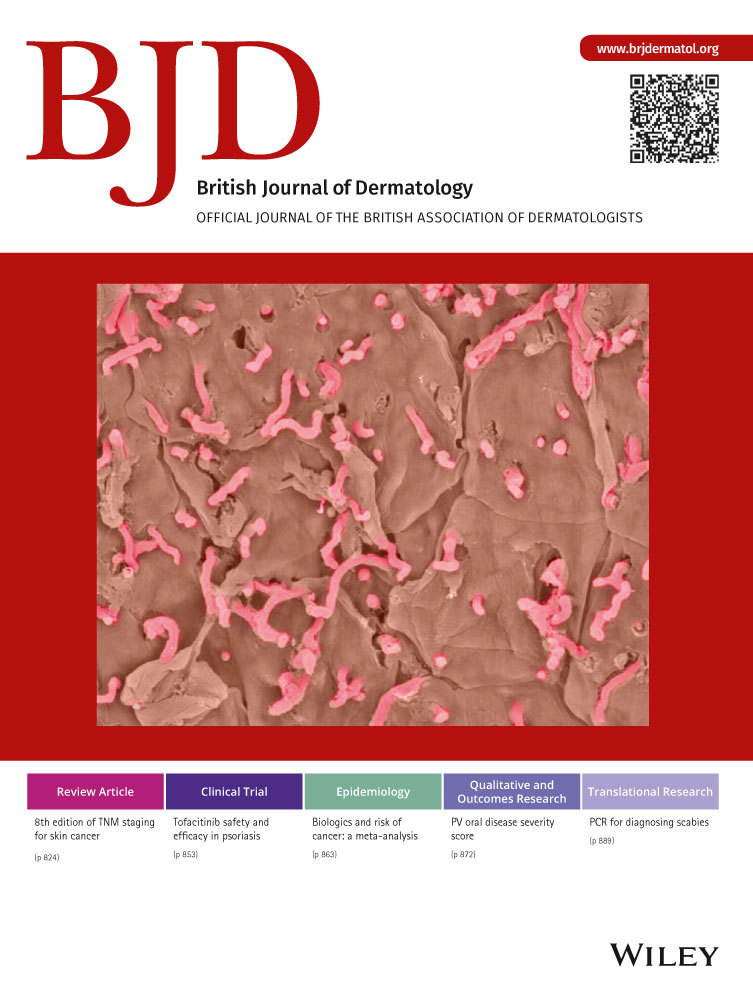Atrophic scar formation in patients with acne involves long-acting immune responses with plasma cells and alteration of sebaceous glands
Summary
Background
Possible outcomes of acne lesions are atrophic scars, which may cause serious psychological distress. Current treatments for postacne scarring often require invasive procedures. Pathophysiological studies on acne scarring have only investigated the first week of papule life.
Objectives
To study the pathophysiology of atrophic scar formation to identify molecular and cellular pathways that can lead to new therapies for the prevention of acne scarring.
Methods
Large-scale gene expression profiling and immunohistochemistry analysis were performed on uninvolved skin and papules in both scar-prone (SP) and non-scar-prone (NSP) patients with acne, at different time points.
Results
Gene expression and immunohistochemistry analyses showed a very similar immune response in 48-h-old papules in SP and NSP populations, characterized by elevated numbers of T cells, neutrophils and macrophages. However, the immune response only persisted in SP patients in 3-week-old papules, and was characterized by an important B-cell infiltrate. Transient downmodulation of sebaceous gland markers related to lipid metabolism was observed in 48-h-old papules in NSP patients, followed by normalization after 3 weeks. In contrast, in SP patients a drastic reduction of these markers persisted in 3-week-old papules, suggesting an irreversible destruction of sebaceous gland structures after inflammatory remodelling in SP patients with acne.
Conclusions
Long-lived acne papules are characterized by a B-cell infiltrate. A relationship exists between the duration and severity of inflammation and the alteration of sebaceous gland structures, leading to atrophic scar formation in acne.




